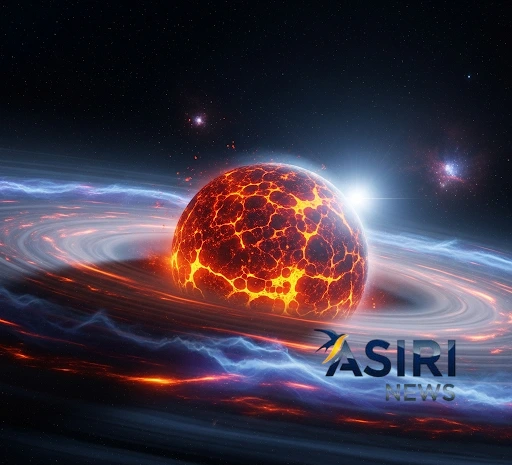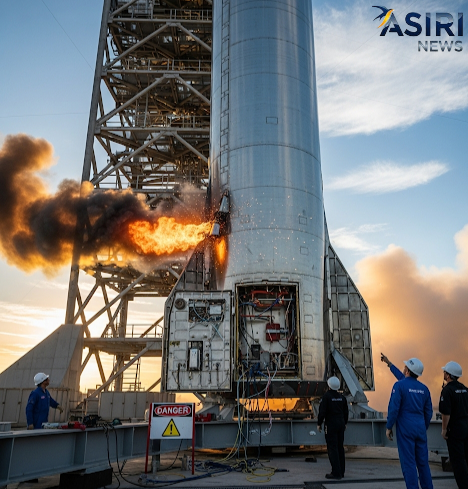In a discovery that offers an unprecedented window into the earliest stages of planetary formation, a multinational team of astronomers has identified a new exoplanet still forming around a young star similar to our own sun. The celestial body, named WISPIT 2b, is estimated to be a mere 5 million years old—a blink of an eye in cosmic terms—and is a gas giant with a mass approximately five times that of Jupiter. This finding, published in Astrophysical Journal Letters, marks only the second time a confirmed planet has been detected at such an early evolutionary stage, providing a crucial test for current theories of solar system development.
The groundbreaking observation was a collaborative effort led by researchers from the University of Galway, Leiden University in the Netherlands, and the University of Arizona in the U.S. They used two of the world’s most powerful instruments for the detection. The first was the SPHERE instrument on the European Southern Observatory’s Very Large Telescope (VLT) in Chile, which captured a clear image of the glowing, hot protoplanet still embedded in its birth disk. This was an unexpected find, as the team was initially searching for stars with young planets, but instead came across a beautiful, multi-ringed disk.

A separate study conducted by the University of Arizona further confirmed the discovery using its MagAO-X Adaptive Optics system on the 6.5-meter Magellan Telescope, also in Chile. This second observation was able to detect hydrogen gas actively falling onto the planet, a definitive sign that WISPIT 2b is still “accreting” matter from its surroundings as it continues to grow.
This discovery is a major step forward for astronomers, as it allows them to observe planetary formation in real-time, a process that was previously only studied in theory. The planet’s presence in a clear gap within its disk reinforces a key prediction: that newly formed planets can create these clearings as they orbit and consume material. It is hoped that further study of WISPIT 2b will help scientists understand the incredible diversity of exoplanetary systems and how our own solar system came to be.



